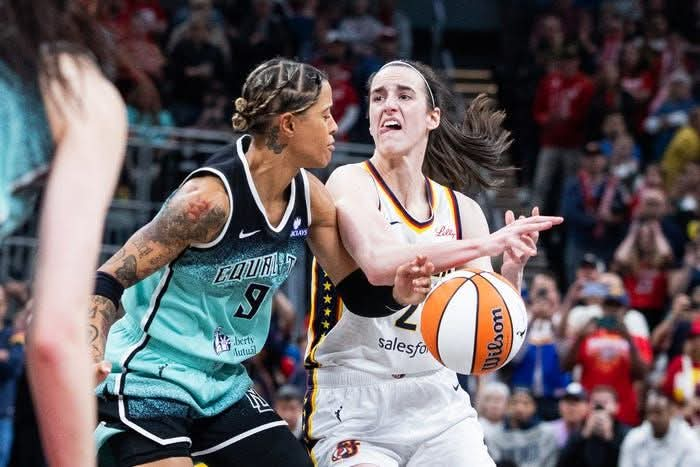To All PGs and Coaches: Reflecting on CC’s 10 Turnovers and 10 Assists—How Would You Help Cut Down Mistakes?
Point guards are the heartbeat of any basketball team, orchestrating the offense, setting the tempo, and making crucial decisions under pressure. When a point guard like CC records a stat line of 10 assists and 10 turnovers, it sparks an important conversation about balance, decision-making, and growth. This kind of performance is a mixed bag—it shows both playmaking ability and areas for improvement. So, to all the point guards who have played the women’s game and the coaches guiding them, the question is: what would you do differently, and how would you help reduce those turnovers?
First, let’s recognize the positives. CC’s 10 assists demonstrate vision, court awareness, and the ability to create opportunities for teammates. Those assists show she’s actively trying to make plays and involve her team, which is exactly what a point guard should do. However, the 10 turnovers are a glaring concern. Turnovers disrupt momentum, give the opposition extra possessions, and can cost a team dearly in close games. The challenge is finding a way to maintain playmaking aggression while minimizing errors.
As a point guard, one key strategy to cut down turnovers is to emphasize patience and composure. Sometimes, turnovers come from rushing decisions—forcing passes in tight spaces or trying to do too much. Slowing down just enough to read the defense clearly, waiting for teammates to get open, and making safer, high-percentage plays can drastically reduce mistakes. This doesn’t mean playing passively but rather choosing quality over quantity in decision-making.
Another critical point is communication. Point guards must constantly communicate with teammates to know their positioning, movement, and readiness. Some turnovers might stem from assumptions that teammates are in spots they’re not, or misreading where help defense is coming from. Improving on-court communication and pre-play cues can tighten this up and reduce misfires.
From a coaching perspective, the focus should be on helping the point guard build confidence without overwhelming pressure. Coaches can analyze film to identify patterns leading to turnovers—is CC forcing cross-court passes that get intercepted? Are turnovers happening in transition? Is the defense baiting her into risky plays? Understanding these trends allows coaches to tailor practice drills that simulate game situations, reinforcing better decision habits.
Moreover, coaches should encourage CC to trust her teammates and the system. Sometimes point guards try too hard to do everything themselves, especially if they feel the team is relying heavily on them. This “hero ball” mentality often leads to turnovers. Coaches must remind players that basketball is a team sport and that patience, trust, and passing can lead to better overall outcomes.
Addressing the mental aspect is equally important. Turnovers can shake confidence, which might cause a player to press even harder and make more mistakes. Coaches should support CC by fostering a growth mindset—turnovers are learning opportunities, not failures. Encouragement, positive reinforcement, and clear, constructive feedback help point guards stay mentally strong and focused.
In conclusion, cutting down turnovers while maintaining aggressive playmaking is a delicate balance for any point guard. For CC, embracing patience, improving communication, trusting teammates, and learning from mistakes will be key. For coaches, providing targeted feedback, building confidence, and promoting team-oriented play can transform turnovers into valuable lessons. To all PGs and coaches: how would you approach this challenge? After all, focusing on growth, teamwork, and the love of the game.
